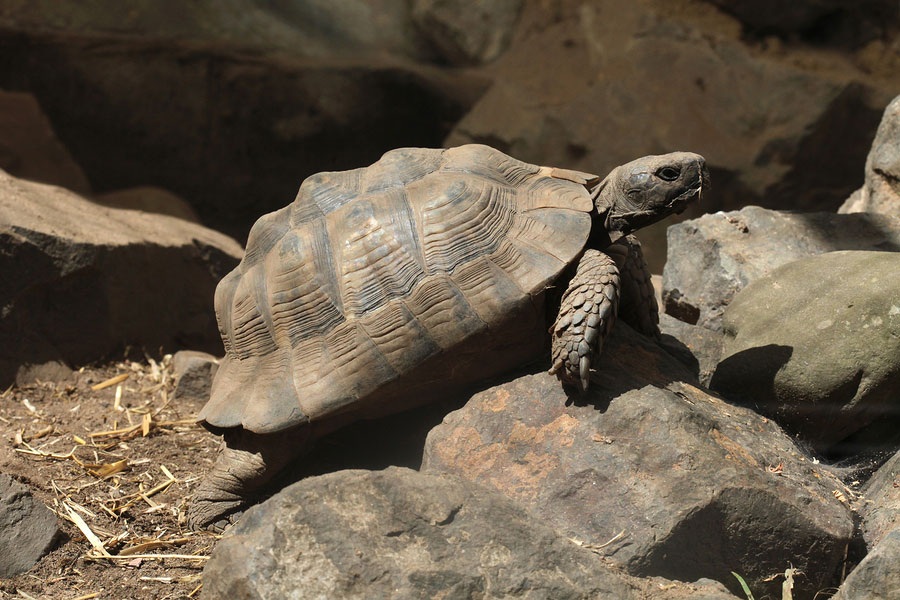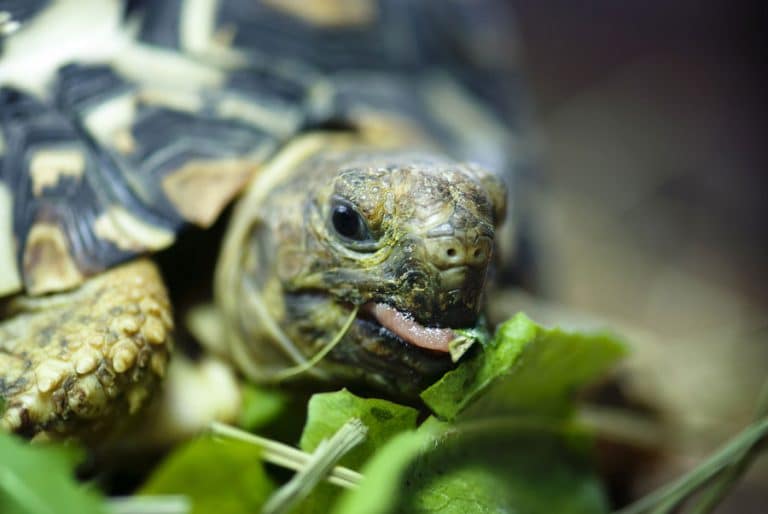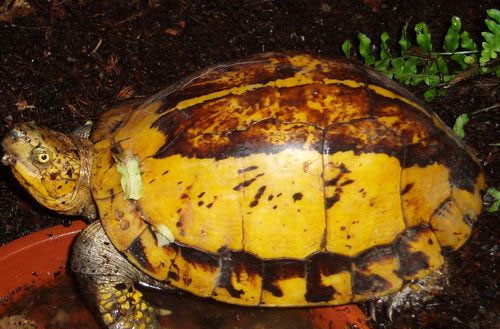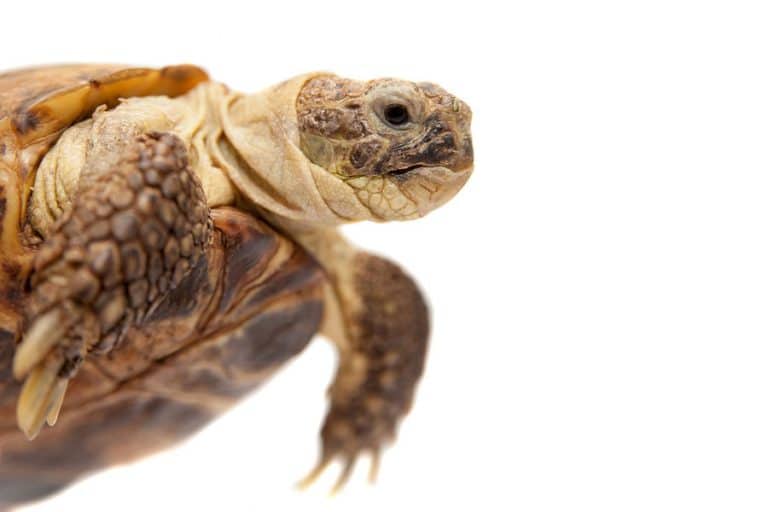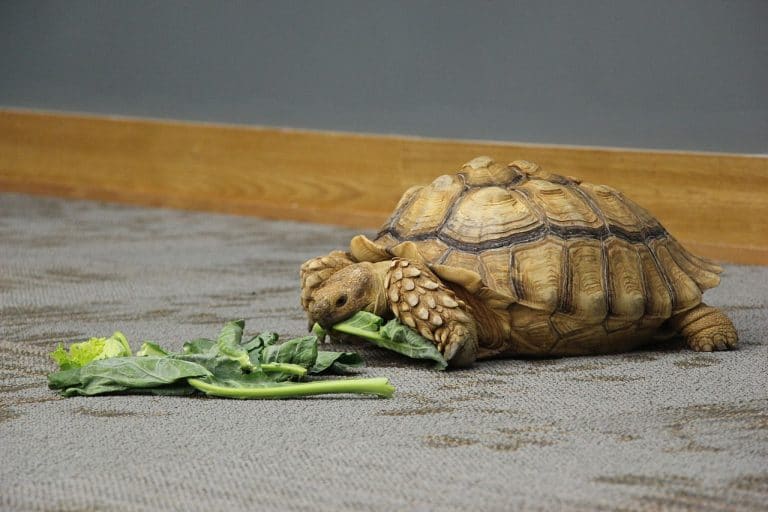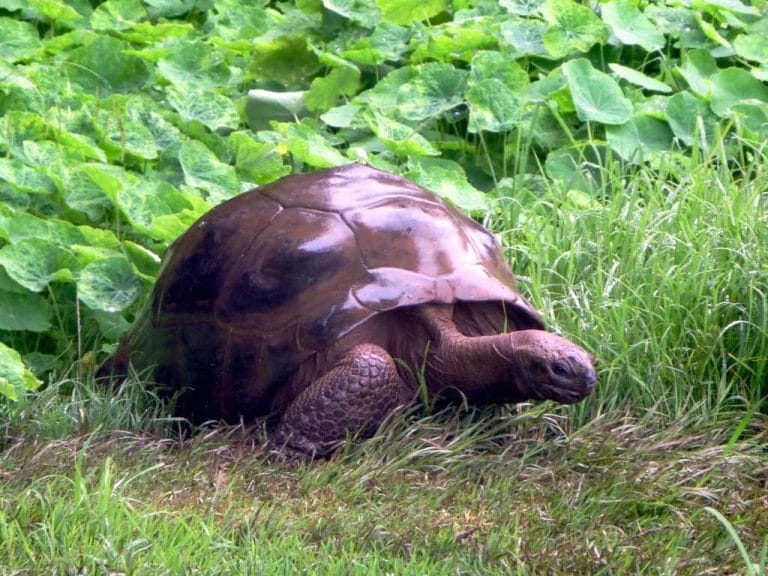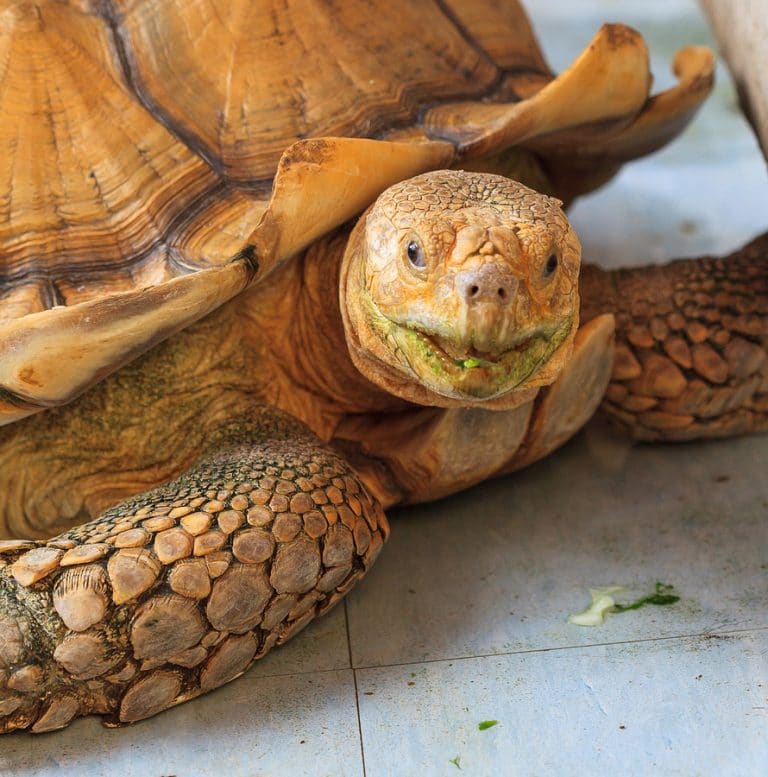Basic Greek Tortoise Care Recommendation
Without a doubt, more and more people are becoming interested in keeping wildlife animals like the tortoise. But different species of these animals may require specific requirements that are unique to their type, like the Greek tortoise requirements that are different from any other species.
The Greek, or sometimes referred to as spur-thighed, got its name because of its huge pointed tubercle on each side of its thigh. Under this species are several substrates that share the species main characteristics.
Anatomy of a Tortoise:
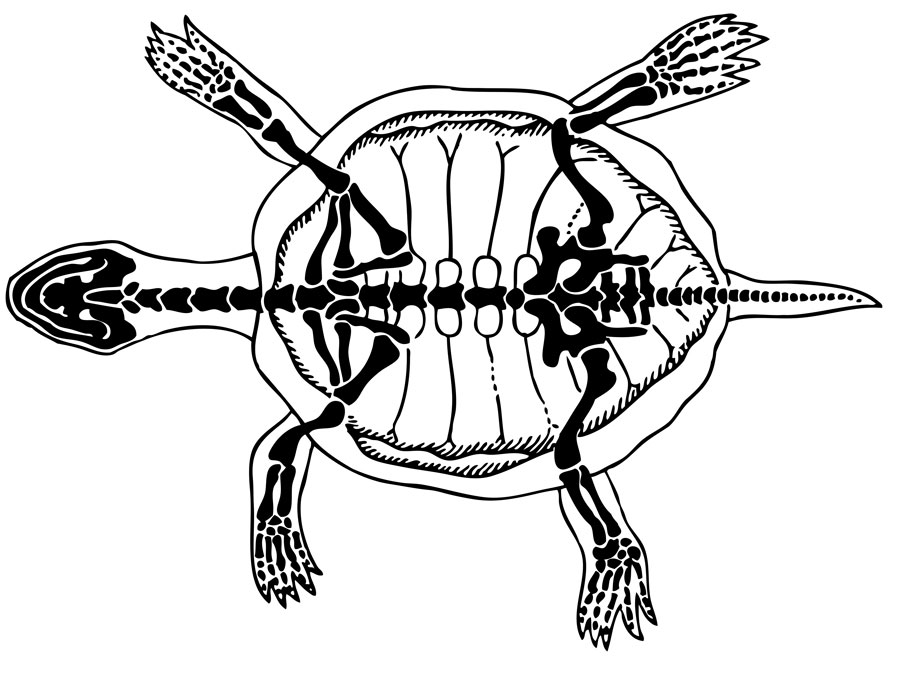
Common Characteristics:
- Varying color
- Having a carapace which could reach up to 20cm
- The color of carapace may range from tan to yellowish with a touch of black
- Its lower shell may have a varying color
- Its remaining body parts have yellowish to brown to grey color.
- Its head, just like its other body parts, may vary in color
- It has noticeable wider scales that overlap each other
They are intolerant of high humid environment, thus, they can do well even when housed indoors. But this does not mean that the keepers should keep them indoors for the rest of their life. Allowing them to roam around in an enclosure is ideal to keep them even healthier.
Just like the smaller species, most recommendations discourage housing them in an aquarium. Since aquariums limit the free flow of fresh air, which is very important in a growing animal, an aquarium is the last place you would put your Greek tortoise.
Diet
Although herbivores, they would need sufficient amounts of Calcium to support their daily calcium needs. When in an enclosure, the keeper must ensure that they are getting the required amount of daily calcium through a supplement.

Having discovered a fondness for insects while pursuing her degree in Biology, Randi Jones was quite bugged to know that people usually dismissed these little creatures as “creepy-crawlies”.

